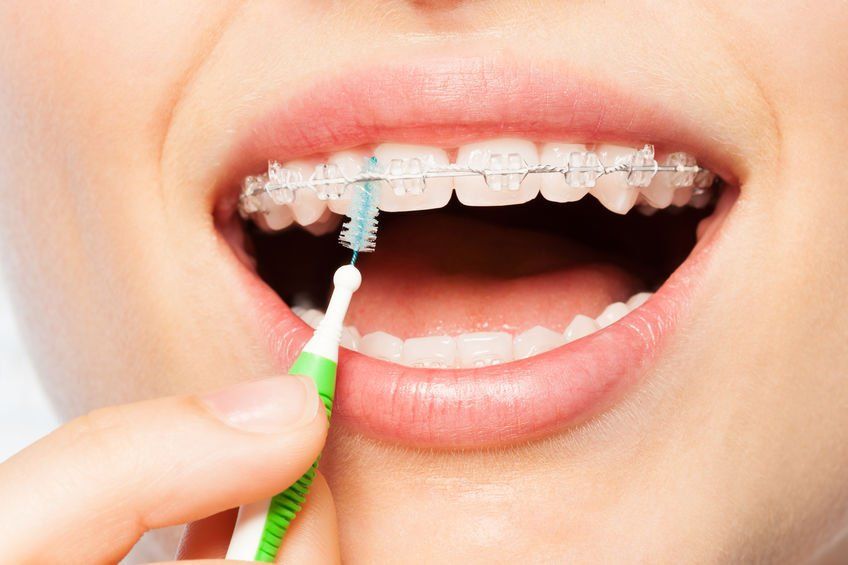Dental Picks or Dental Floss?
- By Mary Marks
- •
- 09 Mar, 2021
- •

When it comes to thorough teeth cleaning, some people prefer dental picks, others prefer floss, while almost all sedation dentistry experts agree that floss is the best option. If you have been using only picks until now, here is why you should switch to traditional flossing right away:
- Reduced risk of hurting sensitive gums – picks are pointed, which increases the risk of hurting the gums, even for people who have experience using the picks. Dental floss, on the other hand, is gentle on the gums and removes the food residues stuck in the small space between the teeth without any risks;
- Increased efficiency and easier usage– dental picks might not be suitable for reaching the teeth in the back of the mouth, therefore floss is a much better solution for cleaning these difficult-to-access places. Dental floss being more flexible, it is easier to manipulate inside the mouth, which further increases efficiency;
- More thorough hygiene – the people who use picks are likely to use one pick for an entire cleaning session, which increases the risk of distributing bacteria around the mouth. With dental floss, it is easier to use a fresh, clean segment of string as you move from one interdental space to the other.





Although oral sedation dentistry Highlands Ranch is one of the optionsavailable for managing anxiety and discomfort during oral surgery, you certainly do not need to use it all the time. As a matter of fact, the exact type of sedation or anesthesia that you receive during oral procedures may depend on various factors, such as the complexity of the procedure, your medical problems, as well as your doctor’s preferences.
There can be several different levels of sedation that can be used in oral surgery. Local anesthesia is one of them. This involves injecting anesthetic medication into the specific area where the surgery will take place. It numbs the area and is often used for less invasive procedures.
Oral sedation involves taking medication in the form of a pill to induce a state of relaxation and drowsiness. The patient is still conscious, but he/she may not be fully aware of the procedure. At any rate, sedation helps him/her get rid of anxiety.
In the case of intravenous sedation, medication is administered through a vein, which induces a deeper state of sedation than oral sedation. Patients may still be conscious, but they are less aware of their surroundings and may not remember the procedure.





